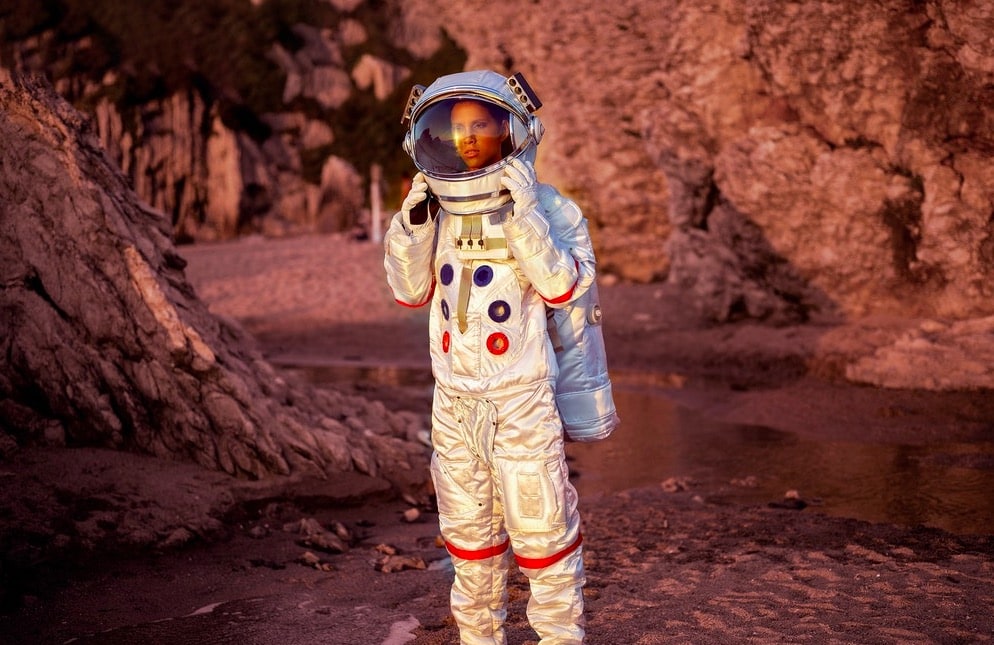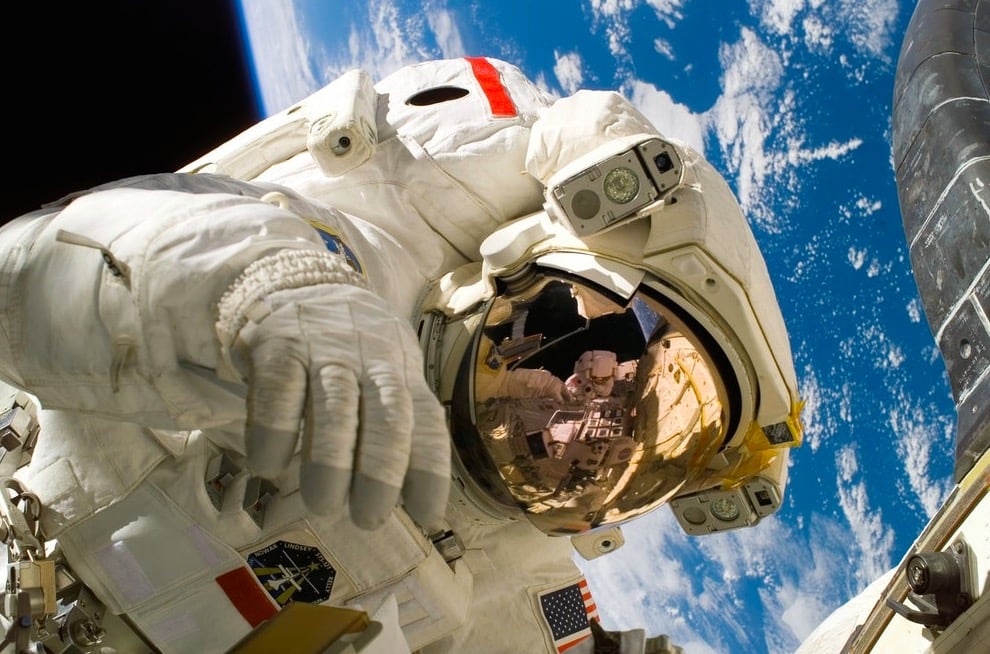The space race has been a long-standing push for technological advancement in reaching beyond our skies. From the 1960s that culminated with the first person on the moon, to the more recent launch of humanity’s joint achievement, the International Space Station. Now as we go on, and work more closely with each other, it is becoming even more possible for the common person to have their moment beyond our atmosphere. Who knows what will happen? Maybe in the next decade, we will have people living on the Moon or Mars. If your spacewalking goal in more immediate, here’s what you can expect to fork out:
Taking a look at the main mission
One of the most famous space missions was the Apollo 11 mission that put Neil Armstrong, Buzz Aldrin, and Michael Collins on the Moon. It took 13 years of development and funding, amounting to $28 million, the equivalent of over $200 million today. That’s over $60 million per person, which is a little out of most people’s price range… Thankfully, that was over 50 years ago and technology has become cheaper and more efficient. What’s more, back then, only the government was involved in innovating space travel, and the only way you could travel to space was to be a highly-esteemed and qualified astronaut.

The situation today
50 years later, the idea of space tourism exists. That’s right, going to space for fun is now a possibility. The first space tourist has already taken his ultra-long-haul flight… and it cost $20 million (at least it’s a third of the price in 1969). To date, there have been six more people who have taken a leisurely space trip. It’s been a while since the last person went into space in a tourist capacity, and the hype around space travel has been a bit quiet, but the momentum is building up again and there are new privately-owned companies who are also battling it out to get people into space.
Where are we looking to go?
So far, we only have a few potential options. Most of the commercial market seems to be focused on trips to the Moon and back. In the more short-term future, this will likely focus on walking on the moon and possibly visiting previous landing sites. Some entrepreneurs are looking at setting up a moon-colony which could have a hotel and resort for longer stays. But this fantasy is likely decades away. Other flights might focus on visiting the International Space Station which can only house six people at a time. Some might take people out for a spacewalk. Finally, there is the most ambitious idea which is to get people to Mars either to live there permanently or stay over for a while.

Future prospects
As it stands, there are four major offerings for commercial trips to space. One company is offering a flight around the moon set to take place in 2023 that they have not given a cost estimation as yet. Another company is offering flights directly into space for $250 000, but they have not given an expected date. Yet another project is promising a lunar landing experience for between $200 000 and $300 000. The final project, which is likely the most attainable is set to send people to the International Space Station in the year 2020, though this is likely to be delayed to the next year, but it will be the cheapest of all four at only $60 000.










